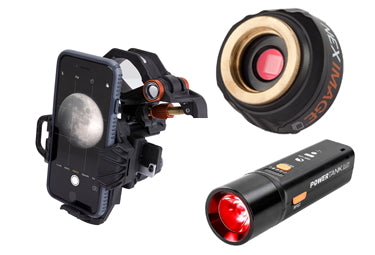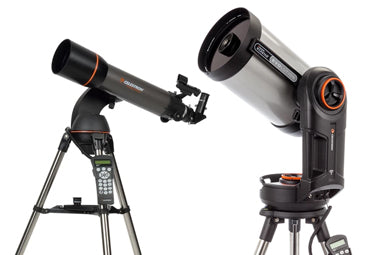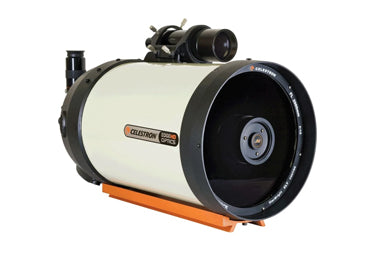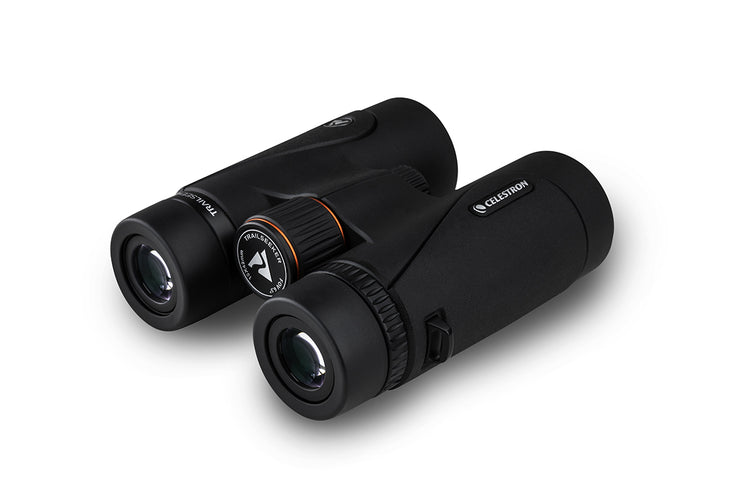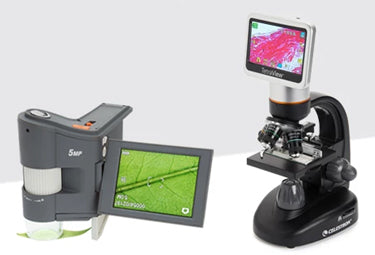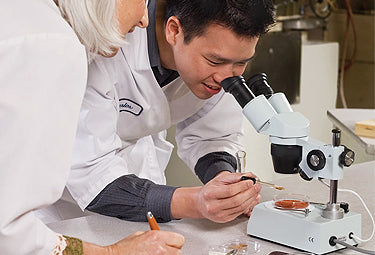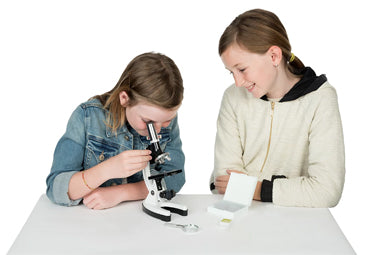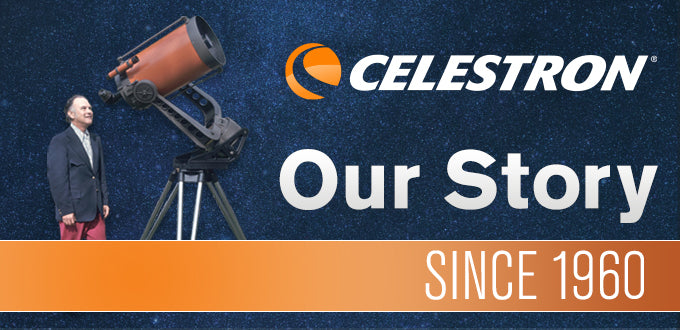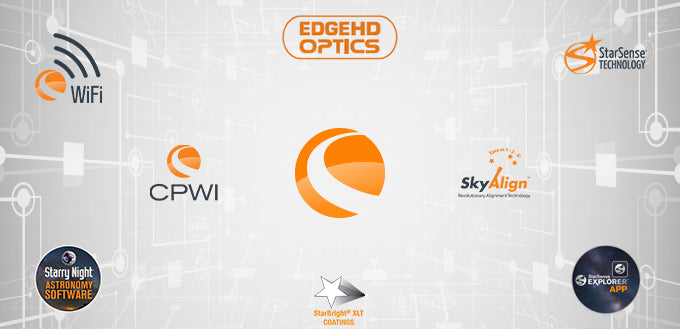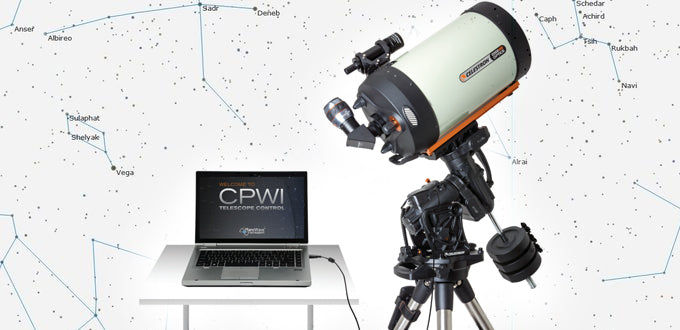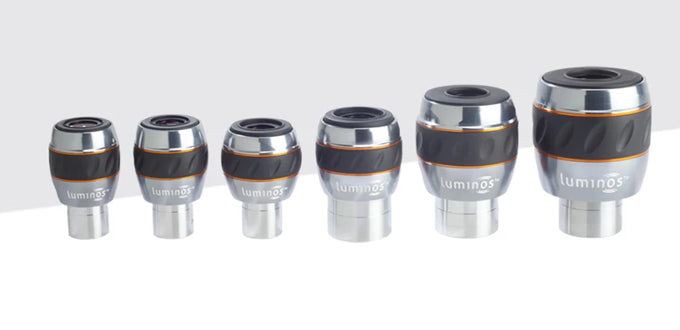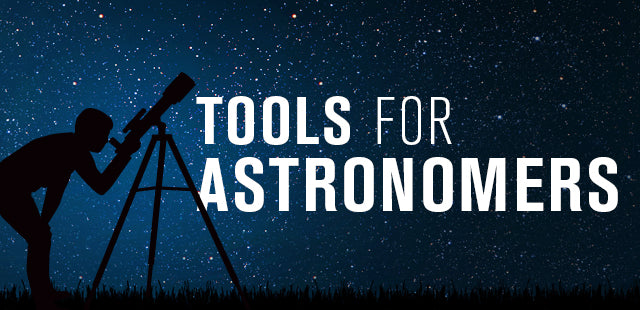I’m using a spotting scope and/or astronomical scope for photography. What is the equivalent photographic magnification or zoom power of my set-up?
August 2, 2010
The approximate photographic magnification can be determined as follows. Take the focal length of the main optical system in millimeters and divide by 50. For example, a spotting scope used for digiscoping has a focal length of 500 mm. 500 divided by 50 is 10. This is the photographic magnification based on a camera with a 35 mm frame and a 50 mm focal length lens, commonly accepted as a magnification of one or a “normal view.” This is a purely geometric magnification.
You need to also take into account the chip factor or film size. This is the ratio of the long side of a 35 mm frame (taken as 36 mm) divided by the long side of the chip or film of the camera you are using. Many digital cameras have chips smaller than 35 mm. For example, if a camera has a chip 15 x 22.5 mm this is a chip factor of 1.6. So with the above telescope the effective magnification is 1.6 x 10 or 16x. This would be what photographers would call the optical magnification or zoom of the camera-telescope system.
Updated 12/18/13

